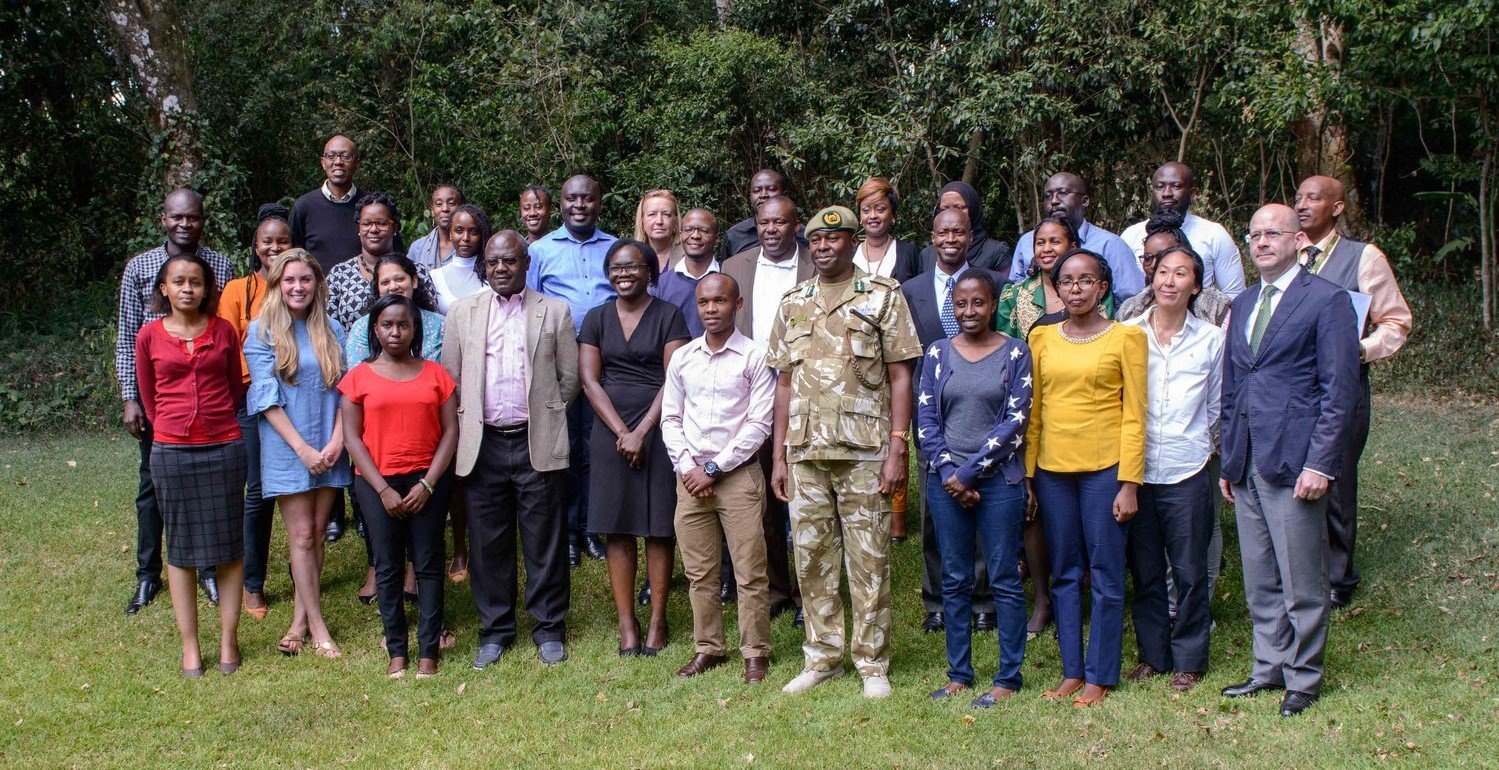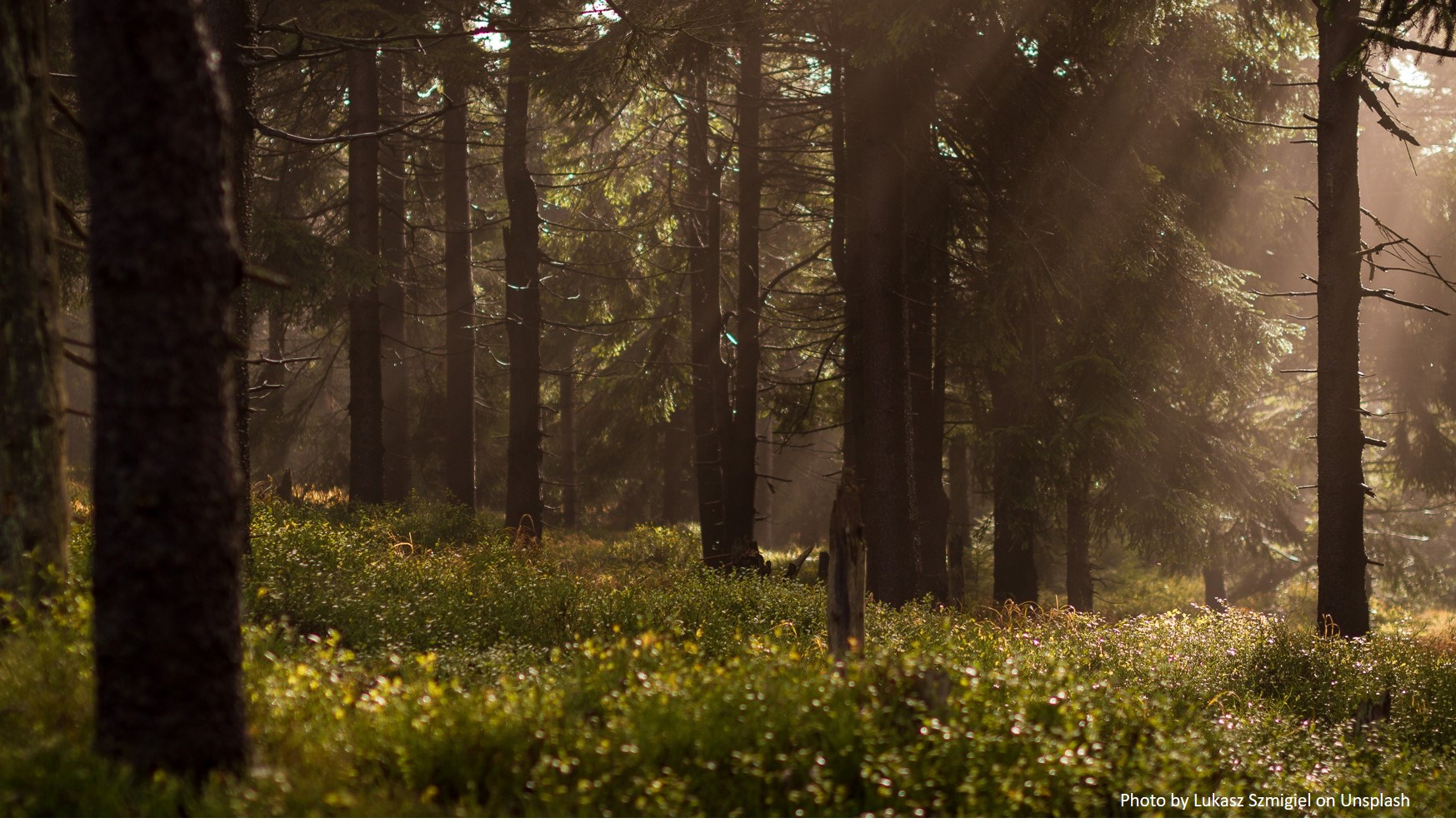 On March 7, 2019, communications professionals from 20 conservation organizations in Kenya held an inaugural meeting at the African Wildlife Foundation, Nairobi, to discuss avenues for collaboration and effective engagement in conservation.
On March 7, 2019, communications professionals from 20 conservation organizations in Kenya held an inaugural meeting at the African Wildlife Foundation, Nairobi, to discuss avenues for collaboration and effective engagement in conservation.
As a critical function of any business, communications can inform, educate and persuade stakeholders on key issues. Even more important in conservation, communications has the potential to influence the management or mismanagement of our natural resources.
Kenya, for example, has achieved tremendous progress in conserving its wildlife, which contributes to economic growth and provides critical ecosystem services. However, these benefits are sometimes undermined by negative propaganda, misinformation and disjointed messaging by the conservation sector and wider public.
While making the opening remarks at the forum, Charles Musyoki, the acting Director General of the Kenya Wildlife Service, noted that the meeting was important in creating synergy and harmony among communicators that would ensure that conservation efforts are projected to the world from a positive perspective.
Lack of understanding of audience needs is a challenge in communications that leads to development of messages that do not adequately meet their needs. In addition, a significant portion of communications is aimed towards donors, leaving out other key audiences and stakeholders in natural resource management, like the communities and the general public. It’s important that messages are designed to suit the different audience categories.
While speaking on, leveraging social media to engage with audiences and positively shape perceptions about conservation, Noah Miller, Sochin’s Managing Director, reported that the use of social media is also ineffective in many instances. The use of influential people to create awareness of environmental issues has been low in many conservation campaigns. The issue is further compounded by the fact that many conservation communicators lack the large following that influential figures and international celebrities yield on platforms such as Twitter, Facebook, or Instagram. Whereas, there are good efforts to generate content on these platforms, global awareness on the information shared is at times very low, leading to non-effective communications.
Limited resources are another challenge that impacts broader, and more targeted communications. Miller, explained that paid advertisement and campaigns have the potential of increasing the reach and impact of messages. Many communicators are working on limited budgets and in small teams to execute a wide range of activities, and speak to broad audiences.
The world is facing numerous environmental challenges, such as climate change, loss and degradation of habitat, species extinction, human wildlife conflict and pollution. Conservation researchers and other players are making every effort to tackle these issues through new business approaches, innovative tools and technology, enhanced research, among other ways. Inadequate and inappropriate communications should not be seen as yet another barrier to conveying the successes and breakthroughs in the conservation sector.
By repackaging messages for different audiences, providing accurate facts, highlighting milestones and successes made in conservation, communicators are able to correct these contrary narratives and raise the awareness of conservation issues globally. In addition, developing more synergy, leveraging on each other’s strengths, and collaborating more will result in greater influence and impact.
As a community of international conservation and development practitioners who convene, collaborate and co-create practical approaches to address high priority conservation challenges in sub-Saharan Africa, communications is an integral component to the Africa Biodiversity Collaborative Group (ABCG). Through strengthening relations and building meaningful partnerships, ABCG fosters collaborative and adaptive learning opportunities that help practitioners improve, scale and replicate, while generating valuable user-driven knowledge that can be disseminated globally. The coming together of conservation communicators to strategize on how to collaborate, presents yet another good opportunity for ABCG, and other actors to further enhance their communications efforts.


Add a Comment